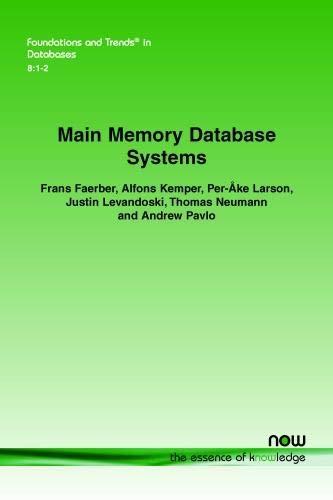Answered step by step
Verified Expert Solution
Question
1 Approved Answer
Given regular languages L1 and L2, we know that L(M1) L(M2) is regular also. The proof in class used the fact that every regular language
Given regular languages L1 and L2, we know that L(M1) L(M2) is regular also. The proof in class used the fact that every regular language is recognized by a DFA and gave, for any two DFAs M1 and M2 a construction for a DFA that recognizes L(M1) L(M2). Your task is, using the fact that every regular language is recognized by an NFA, to come up with a alternate proof for Given regular languages L1 and L2, L(M1) L(M2) is regular also. You are not permitted the use of DFAs in your argument.
Step by Step Solution
There are 3 Steps involved in it
Step: 1

Get Instant Access to Expert-Tailored Solutions
See step-by-step solutions with expert insights and AI powered tools for academic success
Step: 2

Step: 3

Ace Your Homework with AI
Get the answers you need in no time with our AI-driven, step-by-step assistance
Get Started


